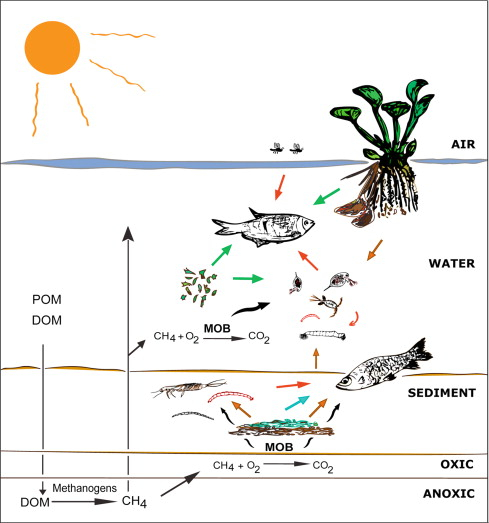
Aquatic Insects
The advancement of our knowledge on the ecology and biology of aquatic insects is essential to improving our understanding of their roles in water quality, disease ecology, as indicators of climate change, biodiversity, as well as community structure and ecosystem functioning.
Aquatic insects live some portion of their life cycle in the water. All animals require a source of oxygen to live. Insects dreaw air into their bodies through spiracles can remain under water for long periods. Aquatic insects due to high concentreations of hemoglobin in their hemolymph circulating freely within their body, used as bio-Indicators to determine pollution status or environmental stress. They are important of food chain. They play important ecological role for freshwater ecosystem to function properly. They are important in Maintaining biodiversity. Aquatic insects are great indicatons for water quality in streams. Abundance of aquatic insects tell the health of the streams. Aquatic insects are important food source you other animal such that! - Fish, Frog etc.
Climate change is limiting the water here in preserve the aquatic insects by tacking the streams.Changes in aquatic ecosystems, whether naturally or anthropogenically caused, can result in changes in relative proportions of specific aquatic insect groups . Aquatic insects are often used as surrogates to assess water quality and pollution impacts in freshwater environments. For example, the EPT (Ephemeroptera, Trichoptera, and Plecoptera) richness index is one example of surrogacy that is widely used in many aquatic studies. The richness of these three pollution intolerant orders is used as a metric for overall environment health, water quality, and response to pollution in many research studies. This issue will address how surrogates for ecosystem attributes are being used in the emerging human-mediated pollution of microplastics.

